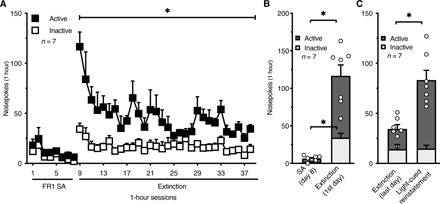Fig. 3. Mice extinguish and reinstate fentanyl vapor seeking.

(A) After 8 days of fentanyl vapor self-administration sessions, mice underwent extinction training in the absence of cues for 30 sessions. The number of active NP decreased over sessions, reflecting the extinction of drug seeking. Two-way RM ANOVA shows a significant sessions × NP interaction (F29,348 = 2.23; P = 0.0004) and significant effect of session on the number of NP (F3.24,38.84 = 4.70; P = 0.006). (B) The number of active NP increased significantly on day 1 of extinction training compared with the last day of fentanyl self-administration. Two-way RM ANOVA shows a significant training days × NP interaction (F1,12 = 25.92; P = 0.0003), indicating that day 1 of extinction affected active and inactive NP differently. (C) Mice showed robust light cue–induced reinstatement. Two-way RM ANOVA shows a significant reinstatement × NP interaction (F1,12 = 17.44; P = 0.001). SA, self-administration; n, number of mice. The data are expressed as means ± SEM. *P < 0.05.
